
How can you maximize the value of resources like wood waste? Consider these five critical factors to help maximize the bottom line of your grinding operation.
1. Consider Electric
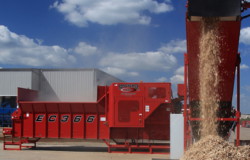
* Even if you need to grind at multiple locations, an electric grinder with a mobility package (trailer mount, electrical quick connects, and so on) can offer significant savings. Learn more about the cost saving of electric grinders.
2. Minimize Handling
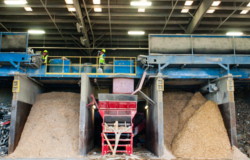
Check out how we minimized handling costs for a C & D recycler with an electric grinder and customized product handling system.
3. Match the Grinder to the Center, not the Fringe
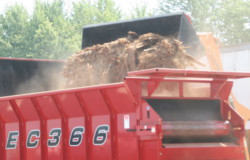
Choose a grinder that works with your existing process and equipment, unless you plan to upgrade your existing equipment anyway. Over-sizing the grinder to match the fringe materials drives up the costs of every ton or cubic yard you produce. An empty grinder with the engine or motor running means you’re grinding air.
Consider alternative strategies for processing the fringe materials to keep capital costs and operating expenses down, such as sorting and stockpiling, hiring contract grinders (perhaps once per year), or using loader attachments to pre-process the oddball raw materials. Rotochopper offers grinding solutions from 127 hp to 1050 hp, but the biggest is not always the best solution.
4. Focus on Cost per Ton or Cubic Yard
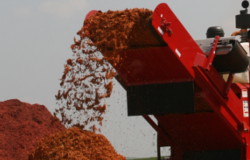
For example, in a high abrasion application like shingle recycling, you may be able to push more material through the grinder by increasing infeed speeds, adjusting engine RPMs, and so on. But the higher wear costs and increased downtime cancel out those gains.
5. Flexibility is Essential for Sustainable Growth
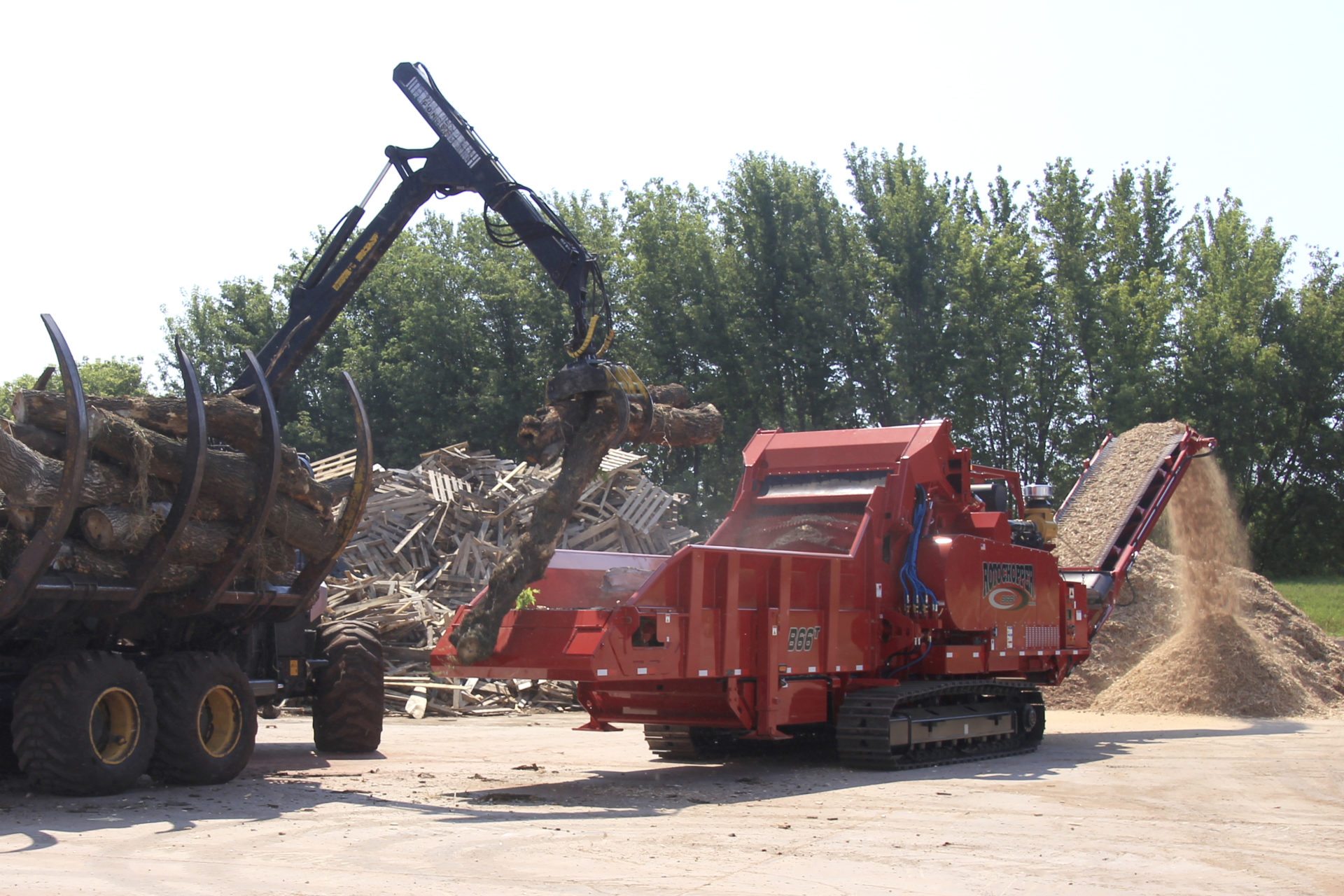
The ability to handle multiple feed stocks, create a variety of end products, and adapt to changing markets is essential for capitalizing on these changing opportunities. You want to be able to choose a fiber market because it offers the greatest opportunities, rather than having your grinder choose a fiber market for you because it is unable to meet certain fiber specifications.
Conclusions
The challenges have grown along with these opportunities. Many of these challenges are in fact a sign of the growth in wood fiber markets. One example is the increased competition for wood fiber in many regions. The first step in moving past these challenges is to equip yourself with the right knowledge. As a regional Rotochopper representative, I start by considering the factors above every time I tailor a grinding solution to a customer’s needs.*
Most of the current recycling markets grew out of challenges of one kind or another. Colored mulch was the response to shortages of bark and other premium fibers. Compost is growing as a result of landfill bans on yard waste and increased demand for organic soil additives.
I am excited to see what new fibers markets will emerge in the next few years in response to the new challenges we see today. One thing is certain: the grinding companies that focus on the right factors, like the issues outlined above, will be the ones growing with these changing fiber markets.
